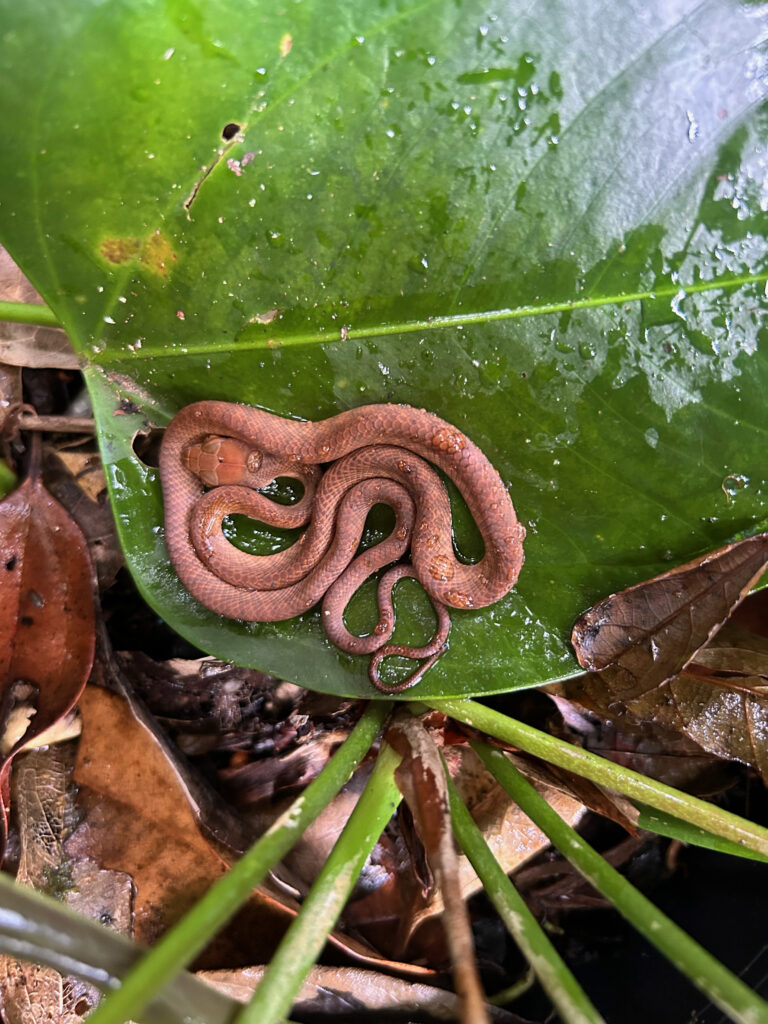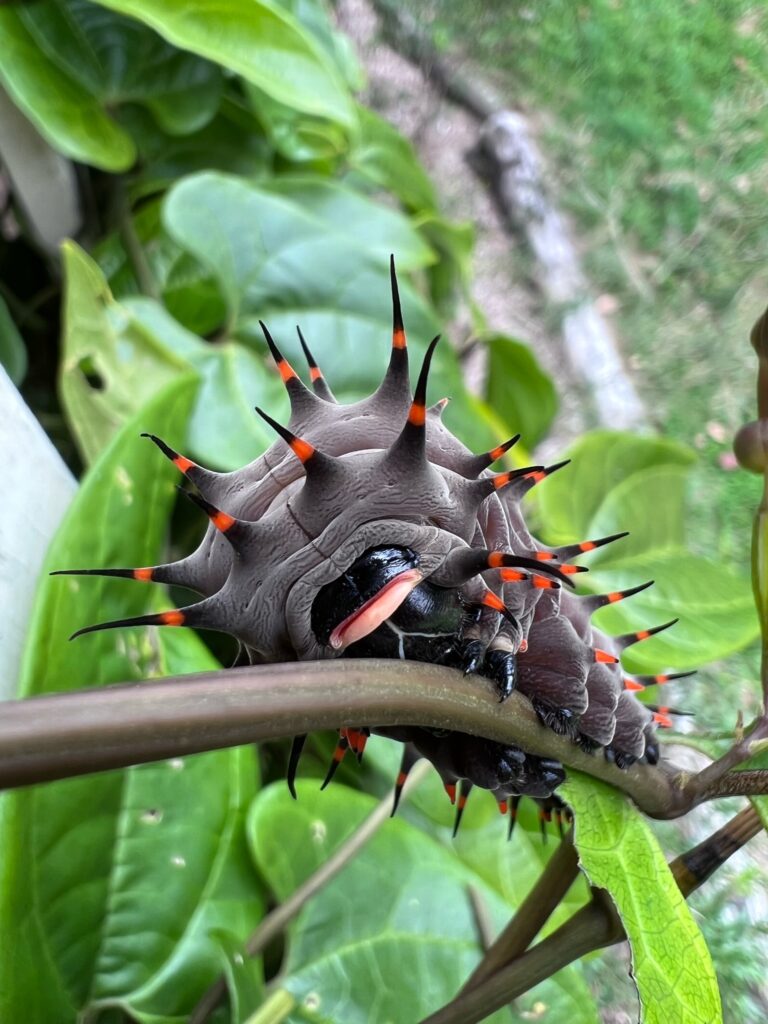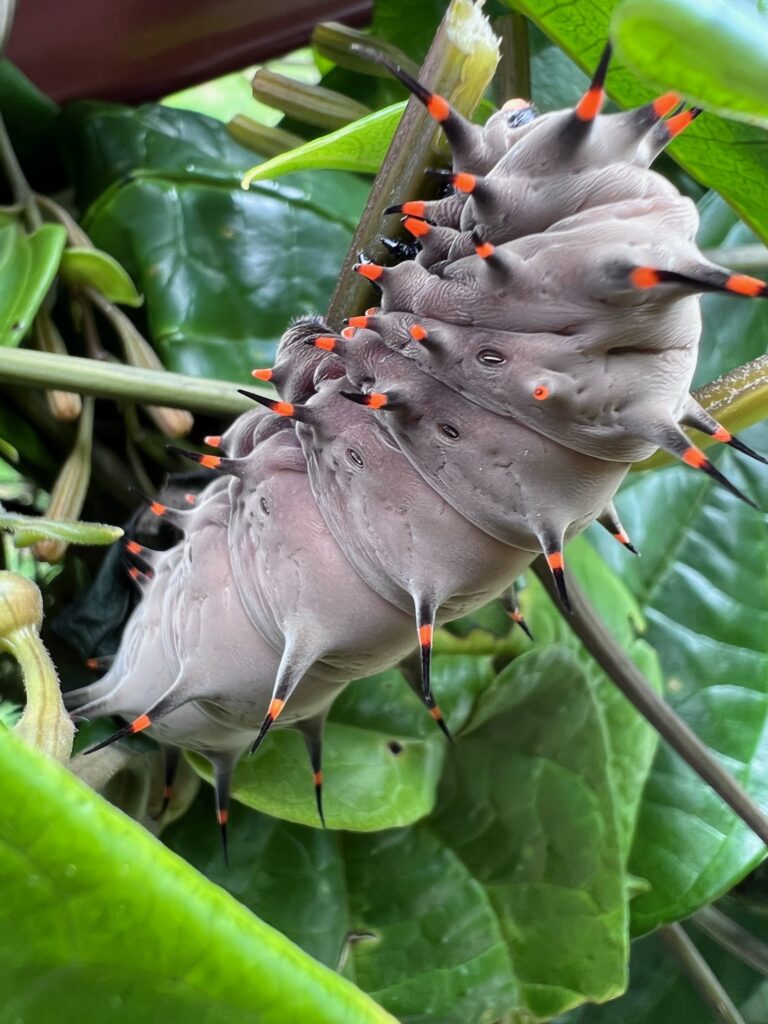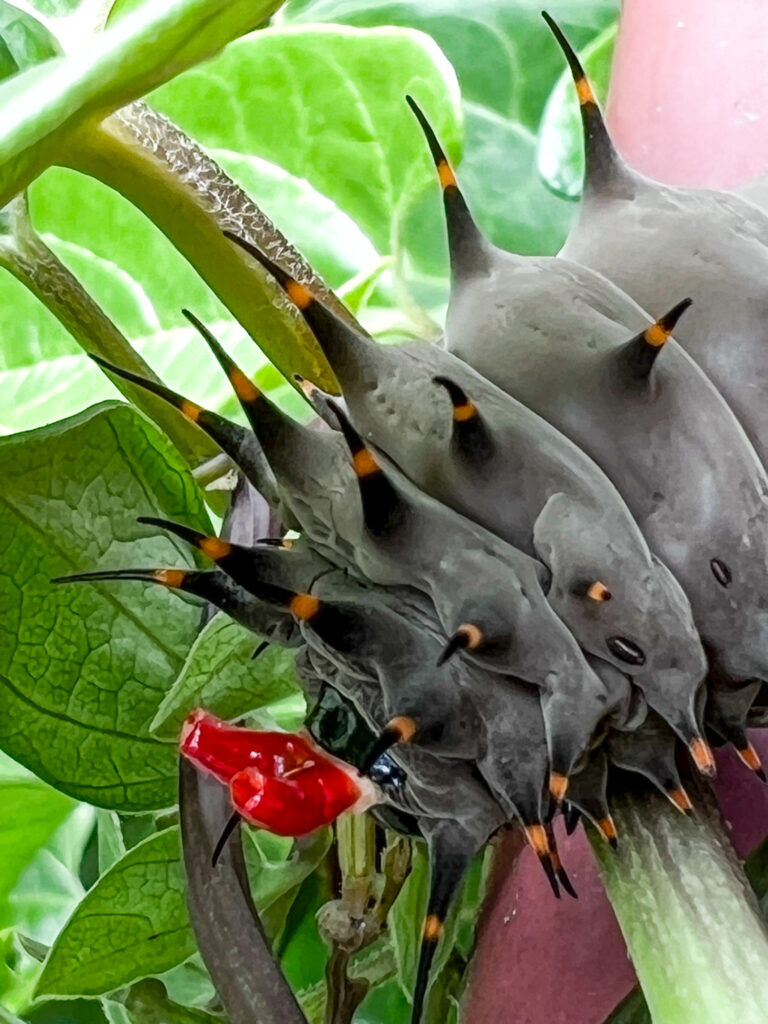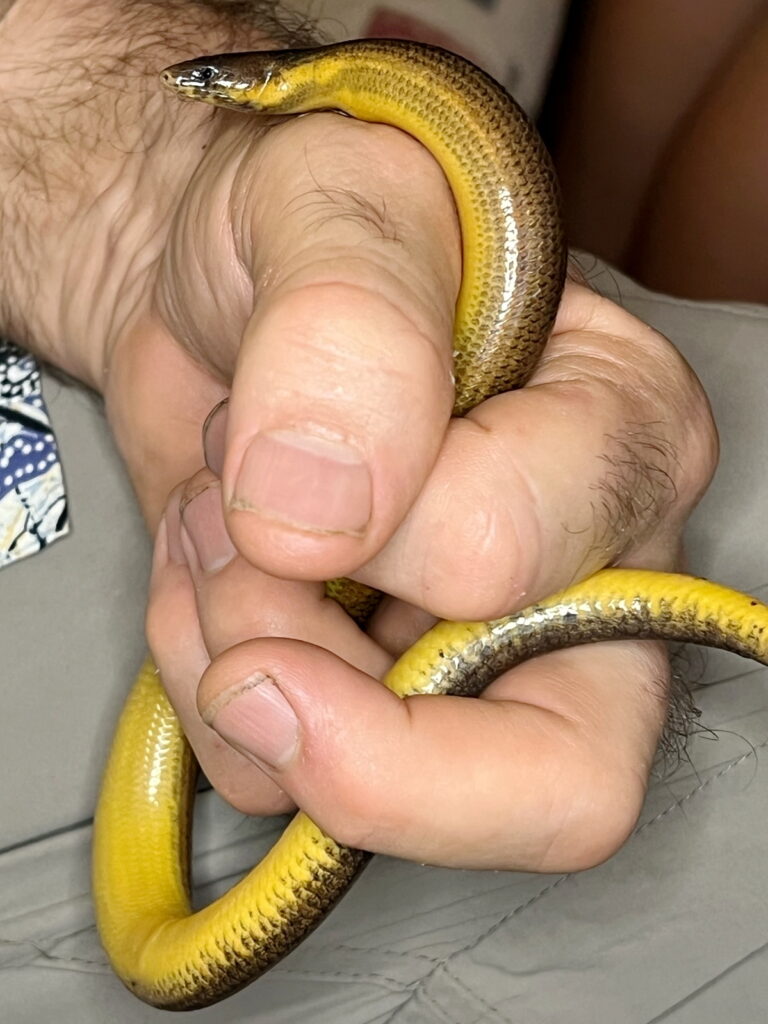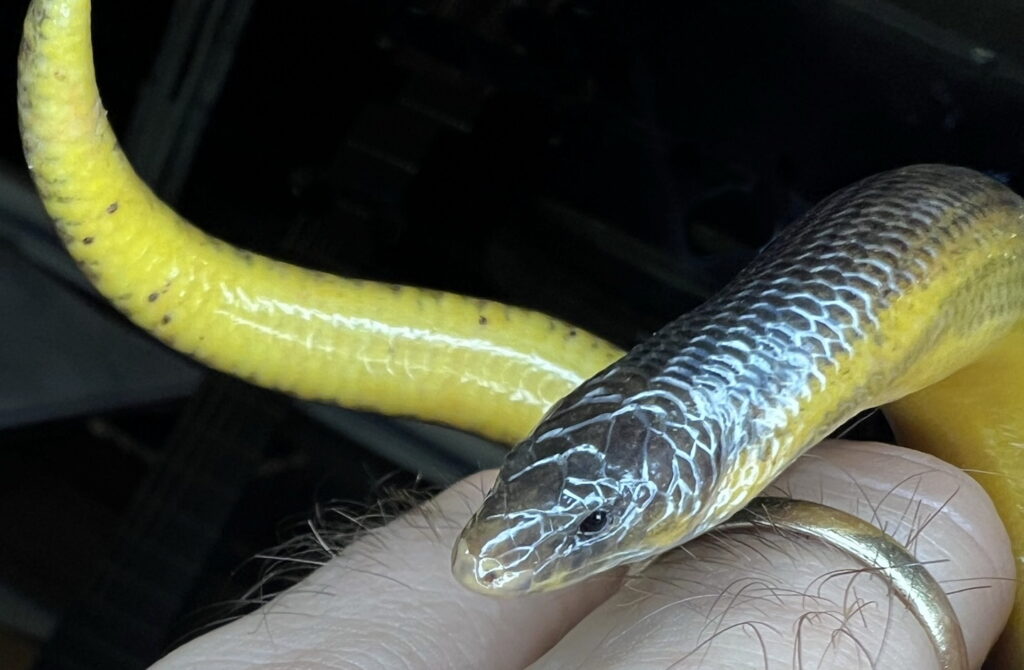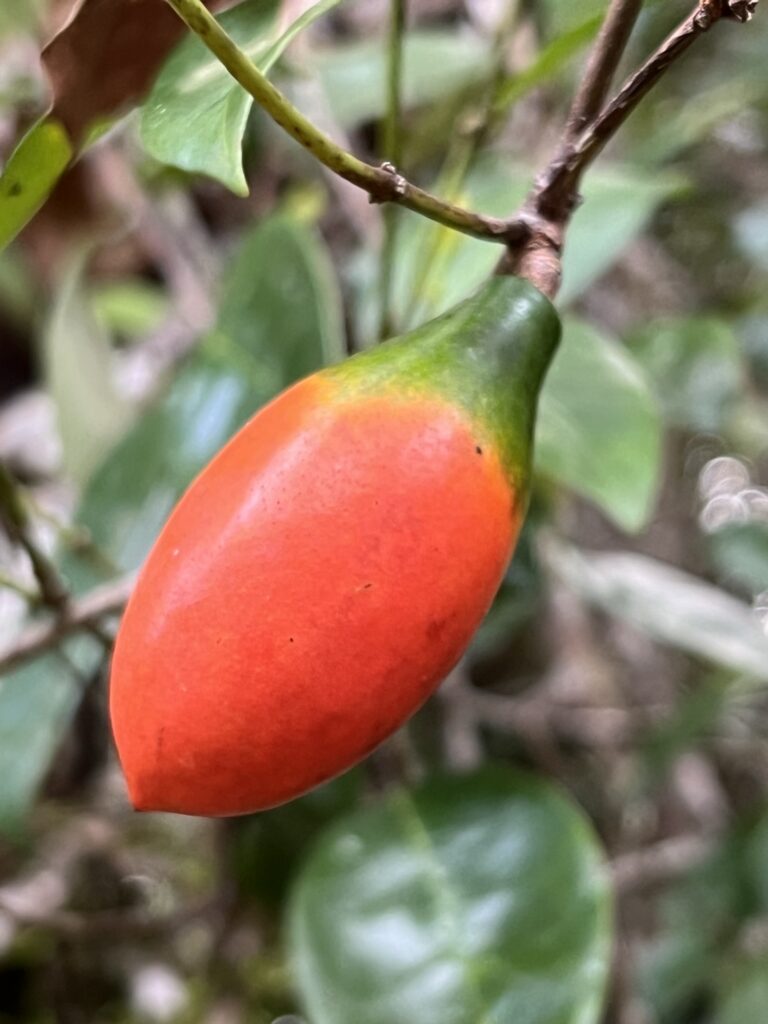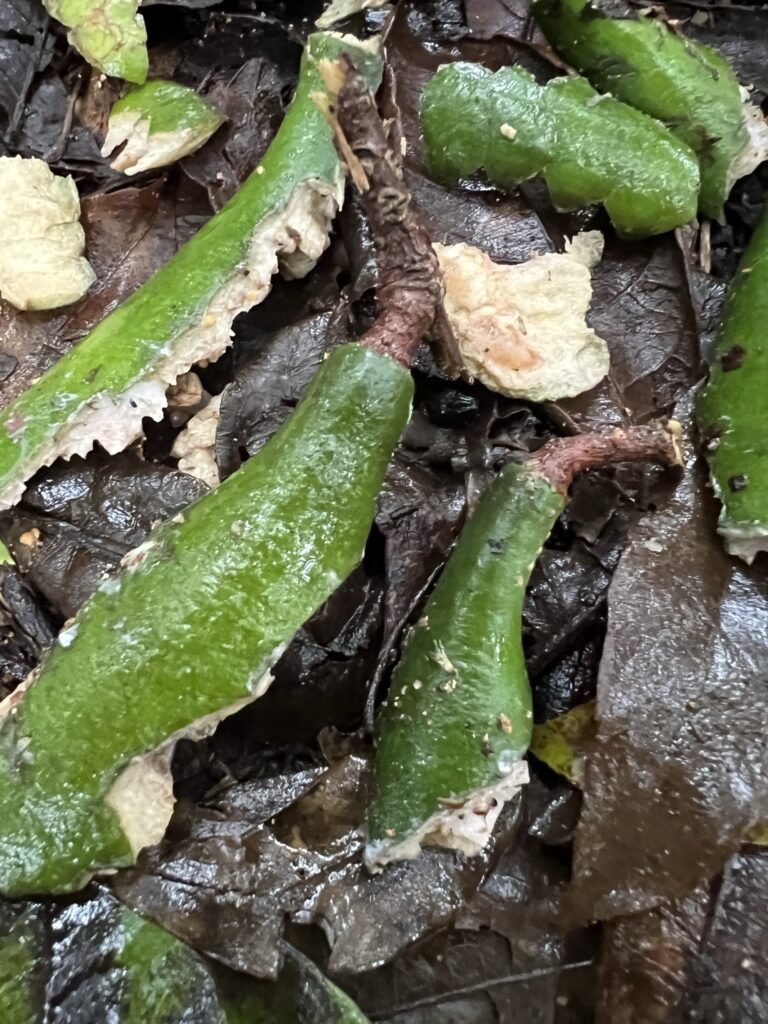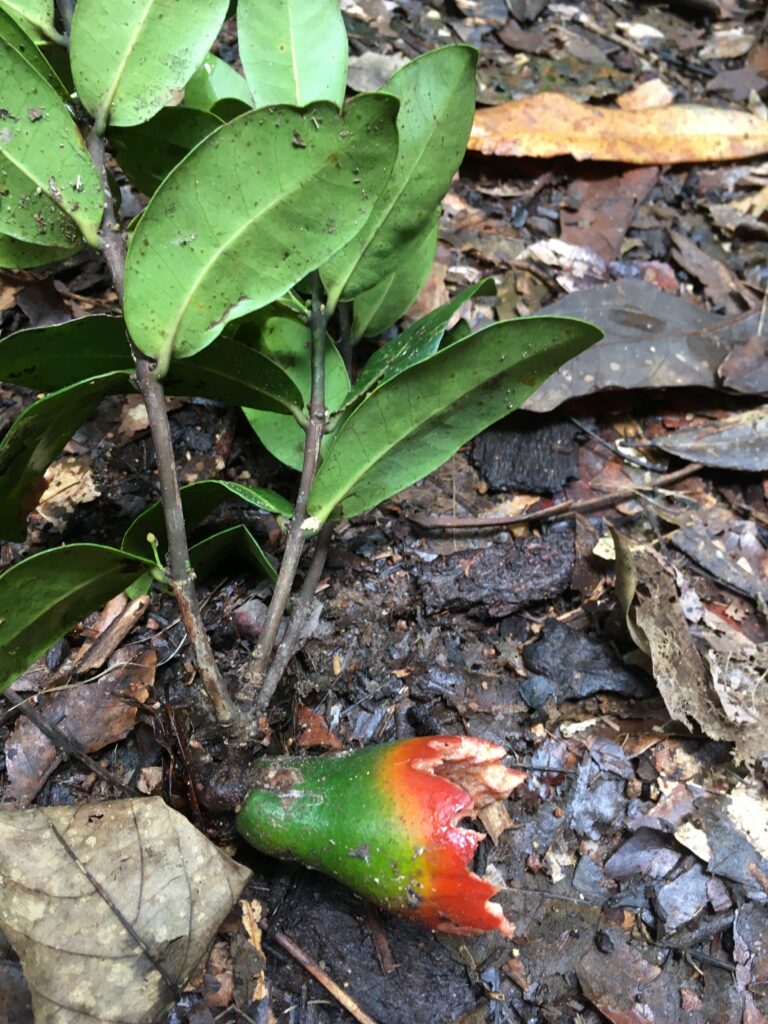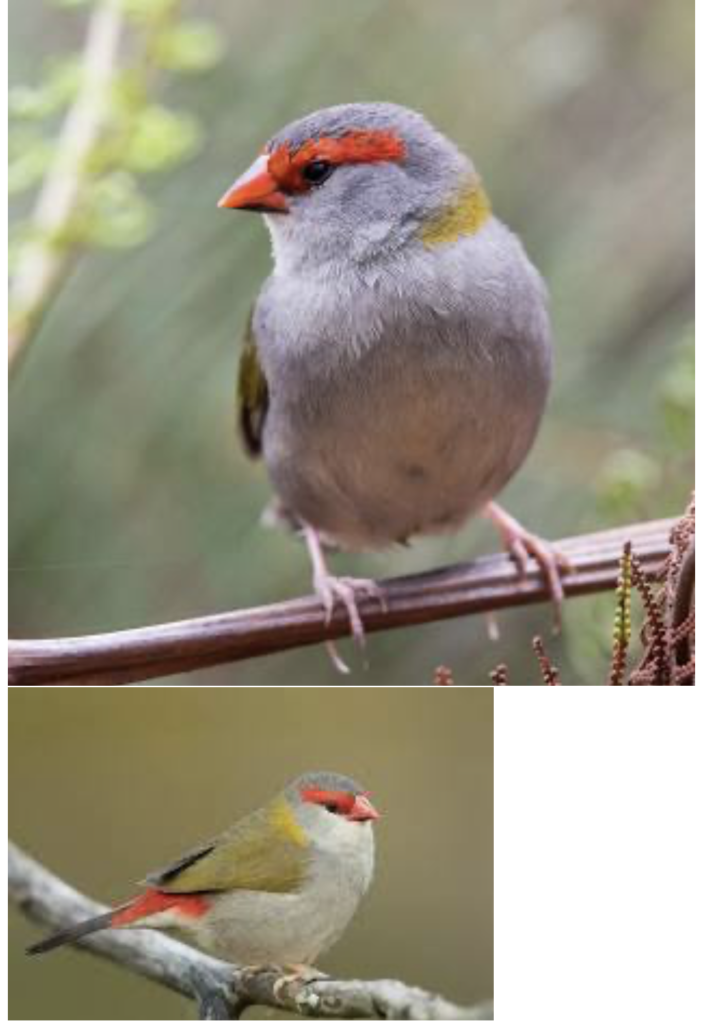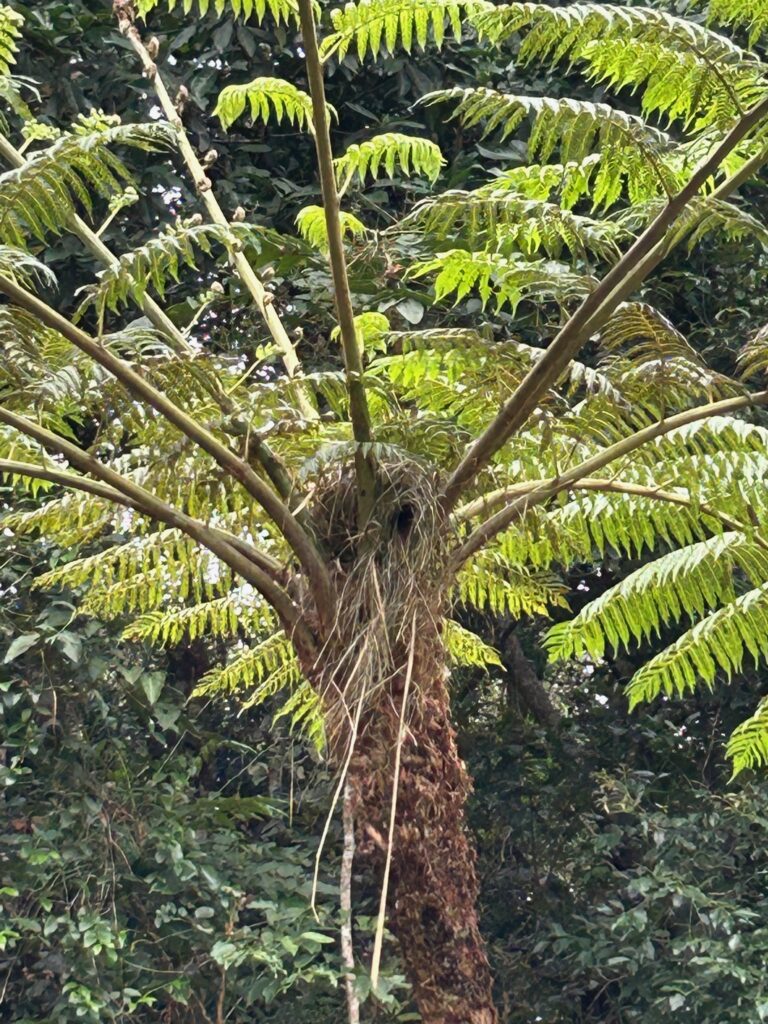Although Cassowaries have been seen very occasionally by many of us on the roads and tracks near the village, the only one we can be guaranteed to see in Paluma is the barbed-wire sculpture of “Wary the Cassowary” in front of Wilfred Karnoll’s house. Cassowaries are an iconic and charismatic resident of the Wet Tropics, but due to multiple human-related threats, they are listed as endangered. As many of us can attest Cassowaries are not easy to spot, even when there are nearby, and getting information on population numbers in different areas is very difficult. A new project to fill in this gap has recently commenced and the researchers are looking for volunteers to assist them in their work, or to provide any additional local knowledge that could help their assessments. This project is being conducted in conjunction with BirdlifeAustralia’s “Birds with Altitude” program, that is monitoring a range of Endangered and Vulnerable species in the Wet Tropics.
If you would like to volunteer for these projects, or would like to learn more about the issues they are addressing, please come along to the Launch event at the Paluma Community Hall on August 25th. There will be a catered dinner (donations accepted to defray costs) at 6pm and presentations at 7pm and organising volunteer teams at 8pm. For catering purposes please register if you intend to come to the dinner and think you want to volunteer. Any residents just wanting to learn more are welcome come to the presentations. Surveys and training for both the Cassowary and Birds with Altitude citizen science programs will then be held over the 26th and 27th.
To register follow this LINK. Further information below:
Paluma Range Citizen Science Program Launch & Camp Out
Join with researchers, locals, BirdLife Townsville & BirdLife North Queensland and bushwalking clubs to help contribute to our knowledge of Cassowaries at the southern extent of their global distribution and high altitude birds vulnerable to climate change in Paluma Range National Park.RSVP
Time and location
25 Aug, 1:00 pm AEST – 28 Aug, 10:00 am AEST
Lake Paluma – Magar Yamba Group Area, Lake Paluma, Crystal Creek QLD 4816, Australia
About the event
Paluma Range Citizen Science Program Launch & Birds With Altitude Camp Out
25 – 28 August 2023
Join with researchers, locals, BirdLife Townsville and BirdLife North Queensland and bushwalking clubs to help contribute to our knowledge of Cassowaries at the southern extent of their global distribution and high altitude birds vulnerable to climate change in Paluma Range National Park.
The only targeted surveys for cassowaries on the Paluma Range were for the faecal DNA wet tropics populaton analysis (Westcott et al 2014). No scats, signs or sightings were recorded during that study however, the extrapolated population estimate for the area was 16 adult birds. The Paluma Range however contains 22,050 ha of potential habitat and birds are sighted here semi-frequently. So let’s track them down to add to our body of knowledge about the distribution, abundance, habitat condition and threats to Cassowaries here. Please download the Birdata App on your phone.
Camping @ Lake Paluma – Magar Yamba group camping area or self-arranged B&B accommodation at Paluma Village.
Friday evening welcome, presentation and dinner @ Paluma Community Centre, 65 Mount Spec Road, Paluma.
Friday, 25 August
1:00 pm campsite open @ Paluma Community Centre – Nywaigi Welcome to Country.
6:00 pm catered dinner.
7:00 pm presentations on Cassowary and Birds with Altitude programs. Organise survey teams and locations.
Saturday, 26 August
AM survey designated routes.
PM review camera trap data. Self-catered.
Sunday, 27 August
AM survey designated routes.
PM review findings & camera trap data. Sunday night camping optional. Self-catered.
Monday, 28 August
AM survey optional.
Checkout by 10:00 am.
Funded by a Qld Government CSA – Threatened Species Grant and Jacksonville Zoo and Gardens. Supported by BirdLife Townsville, BirdLife Australia, Queensland Parks and Wildlife Service, NQ Dry Tropics NRM and Girringun Aboriginal Corporation and thank you to the Paluma Community Centre for gifting in-kind support of the community centre for the Friday evening.Read moreRSVP




